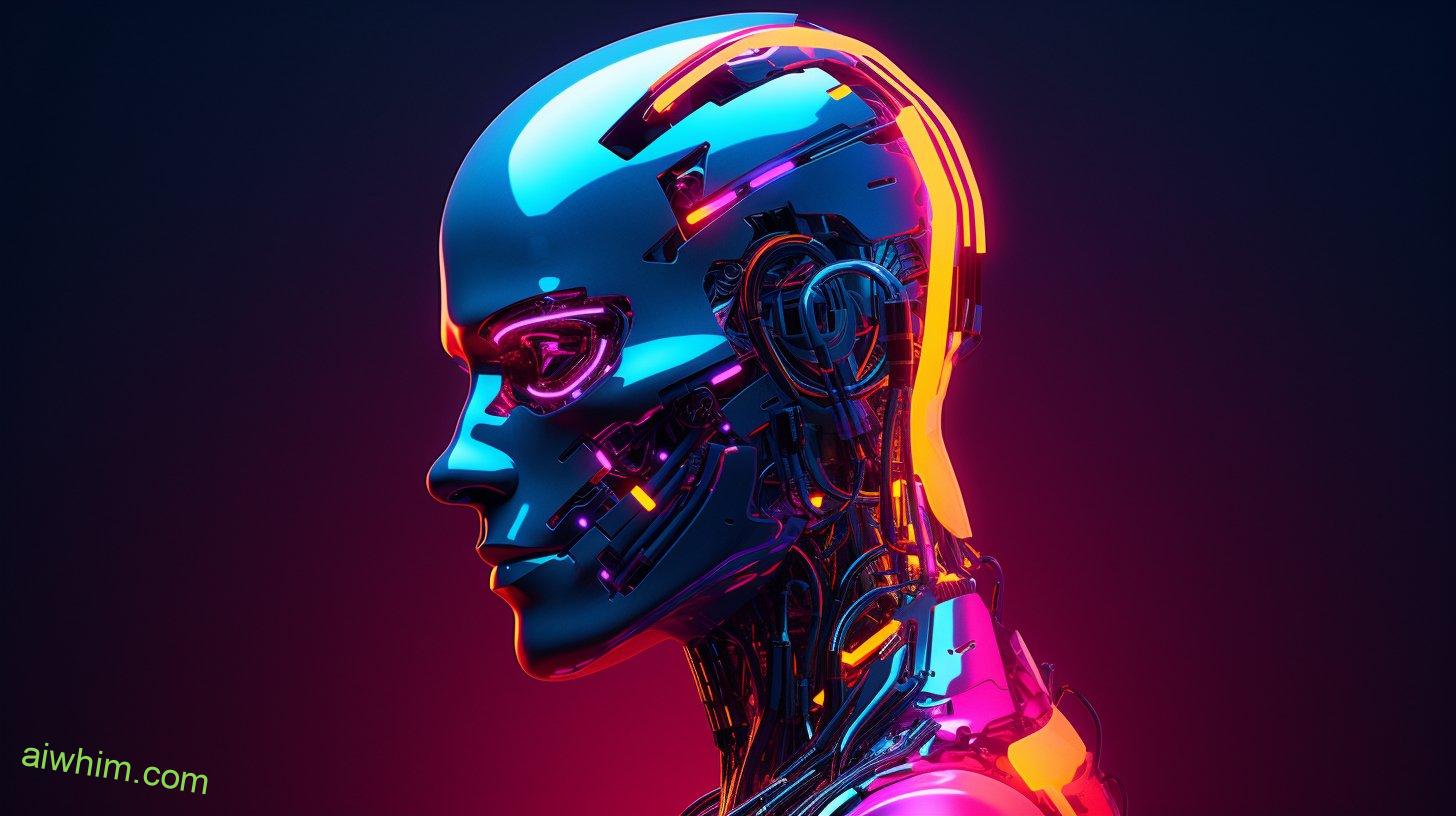In the ever-evolving landscape of water safety, recent advancements in artificial intelligence (AI) have begun to make their presence felt. These advancements, while promising in terms of efficiency, have also raised questions about the future of lifeguard jobs.
As technology continues to transform various industries, the impact on the role of lifeguards cannot be overlooked. So, what does the integration of AI mean for those dedicated to ensuring our safety in the water? Well, let’s just say that the changes might not be as straightforward as one would assume.
Key Takeaways
- AI enhances surveillance and response capabilities in lifeguarding.
- Automation of water safety augments the capabilities of human lifeguards.
- AI technology enables the development of surveillance systems for water safety.
- AI enhances communication between lifeguards and emergency responders.

The Role of AI in Lifeguarding
AI has revolutionized the field of lifeguarding by enhancing surveillance and response capabilities. Thanks to advancements in technology, automation benefits have transformed the way lifeguards carry out their duties, making beaches and pools safer for everyone. Lifeguard training now incorporates AI systems that aid in monitoring and detecting potential dangers, allowing lifeguards to respond more efficiently and effectively.
One major benefit of AI in lifeguarding is its ability to automate surveillance. AI-powered cameras and drones can monitor large areas, detecting any signs of distress or danger in real-time. This automation not only reduces the need for human surveillance, but it also provides a more comprehensive and continuous coverage, ensuring that no potential threats go unnoticed.
Furthermore, AI systems can analyze data collected from various sources, such as weather conditions, water currents, and crowd density, to predict potential risks. This information enables lifeguards to be proactive in their response, allowing them to anticipate and prevent accidents before they occur. By leveraging AI technology, lifeguards can focus their attention on areas that require immediate intervention, maximizing their effectiveness.
In terms of lifeguard training, AI has become an invaluable tool. Virtual reality simulations powered by AI can provide lifeguards with realistic scenarios to practice their response skills. These simulations offer a safe and controlled environment for lifeguards to gain experience and improve their decision-making abilities. By incorporating AI into training programs, lifeguards can enhance their skills and be better prepared to handle emergencies.
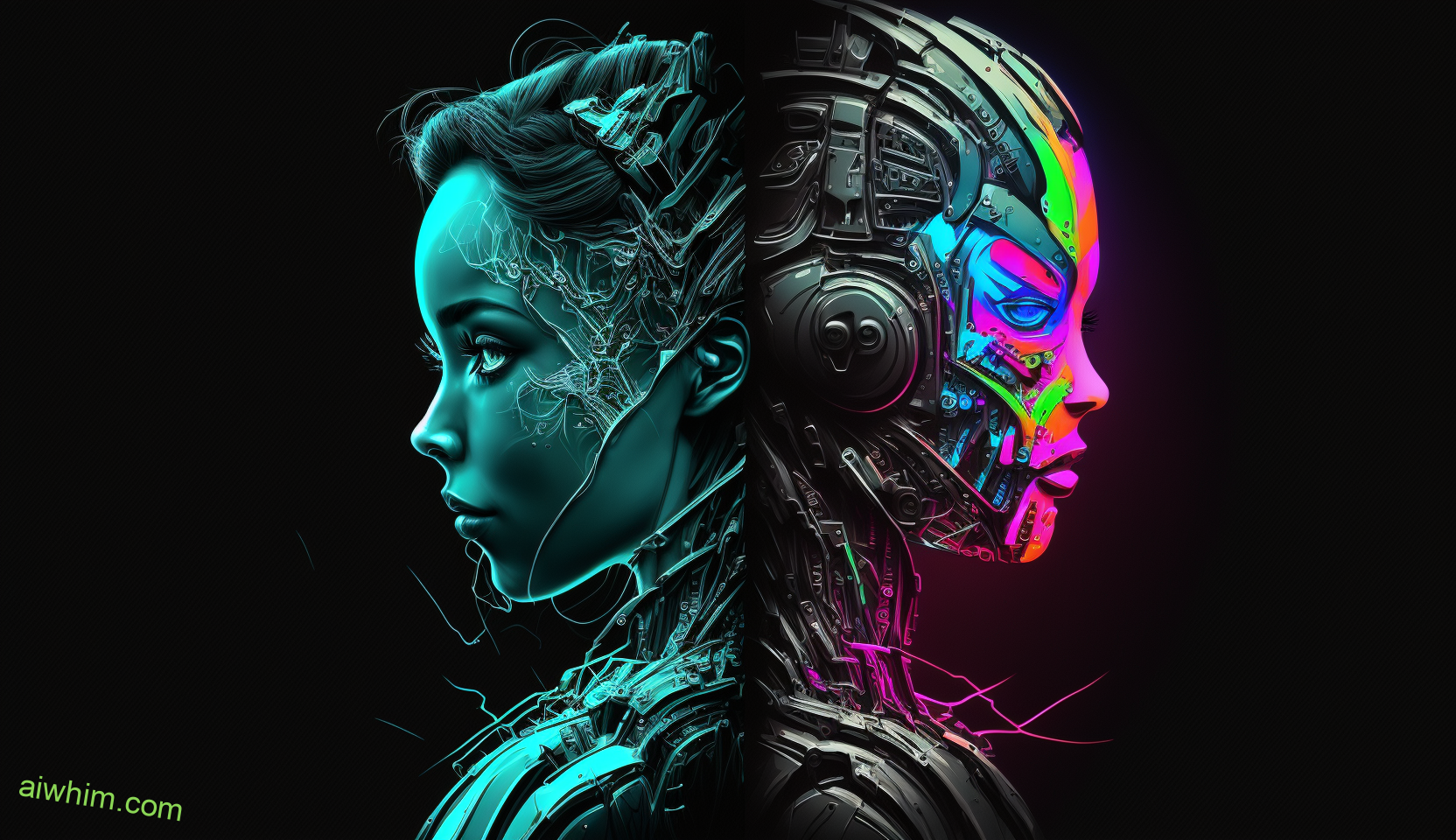
Automation of Water Safety
With the advancements in technology revolutionizing lifeguarding, the automation of water safety has emerged as a crucial aspect in ensuring the well-being of beach and poolgoers. As AI continues to develop, automated rescue techniques are being introduced to augment the capabilities of human lifeguards. This automation has the potential to transform the field of water safety, making it more efficient and effective.
Here are two key aspects of the automation of water safety:
- Automated Rescue Techniques:
- Drones equipped with cameras and sensors can quickly identify swimmers in distress and alert lifeguards.
- AI-powered robotic devices can swiftly reach the location of a drowning individual, providing flotation devices or even performing basic life-saving maneuvers.
- AI Lifeguard Certification:
- AI technology can assist in the certification process for lifeguards, making it more accessible and streamlined.
- Virtual reality simulations can be used to train lifeguards in various scenarios, allowing them to practice their skills in a controlled environment.
By automating water safety, the goal isn’t to replace human lifeguards, but rather to enhance their abilities and response time. These technological advancements provide an additional layer of protection and support, ensuring that potential drowning incidents are swiftly addressed.
Furthermore, the automation of water safety has the potential to reduce human error, as AI systems can analyze vast amounts of data and make quick decisions based on predefined algorithms. This can significantly improve the overall safety and well-being of beach and poolgoers.

AI-Enabled Surveillance Systems
To enhance water safety, AI technology has enabled the development of surveillance systems that utilize advanced algorithms to monitor and detect potential drowning incidents. These AI-enabled surveillance systems employ video analytics and predictive algorithms to constantly scan the water and identify any signs of distress or danger. By leveraging the power of artificial intelligence, these systems can detect subtle movements, changes in body posture, and behaviors that may indicate a person is struggling in the water.
Video analytics is a key component of AI-enabled surveillance systems. It involves the analysis of live or recorded video footage to extract valuable information and insights. In the context of water safety, video analytics algorithms can identify individuals in the water, track their movements, and assess their behavior to determine if they’re at risk. These algorithms can also distinguish between normal activities and potential drowning incidents, allowing for quick and accurate detection.
The use of predictive algorithms further enhances the effectiveness of these surveillance systems. By analyzing historical data and patterns, these algorithms can anticipate potential drowning incidents before they occur. For example, if a person has been swimming for an extended period of time without taking any breaks, the system can alert the lifeguards or other relevant authorities to intervene and ensure their safety.
AI-enabled surveillance systems not only help prevent drowning incidents but also provide additional support for lifeguards. These systems can continuously monitor large areas, allowing lifeguards to focus on other important tasks such as providing assistance, educating swimmers, and responding to emergencies. By automating the surveillance process, lifeguards can work more efficiently and effectively, ensuring a safer environment for everyone.
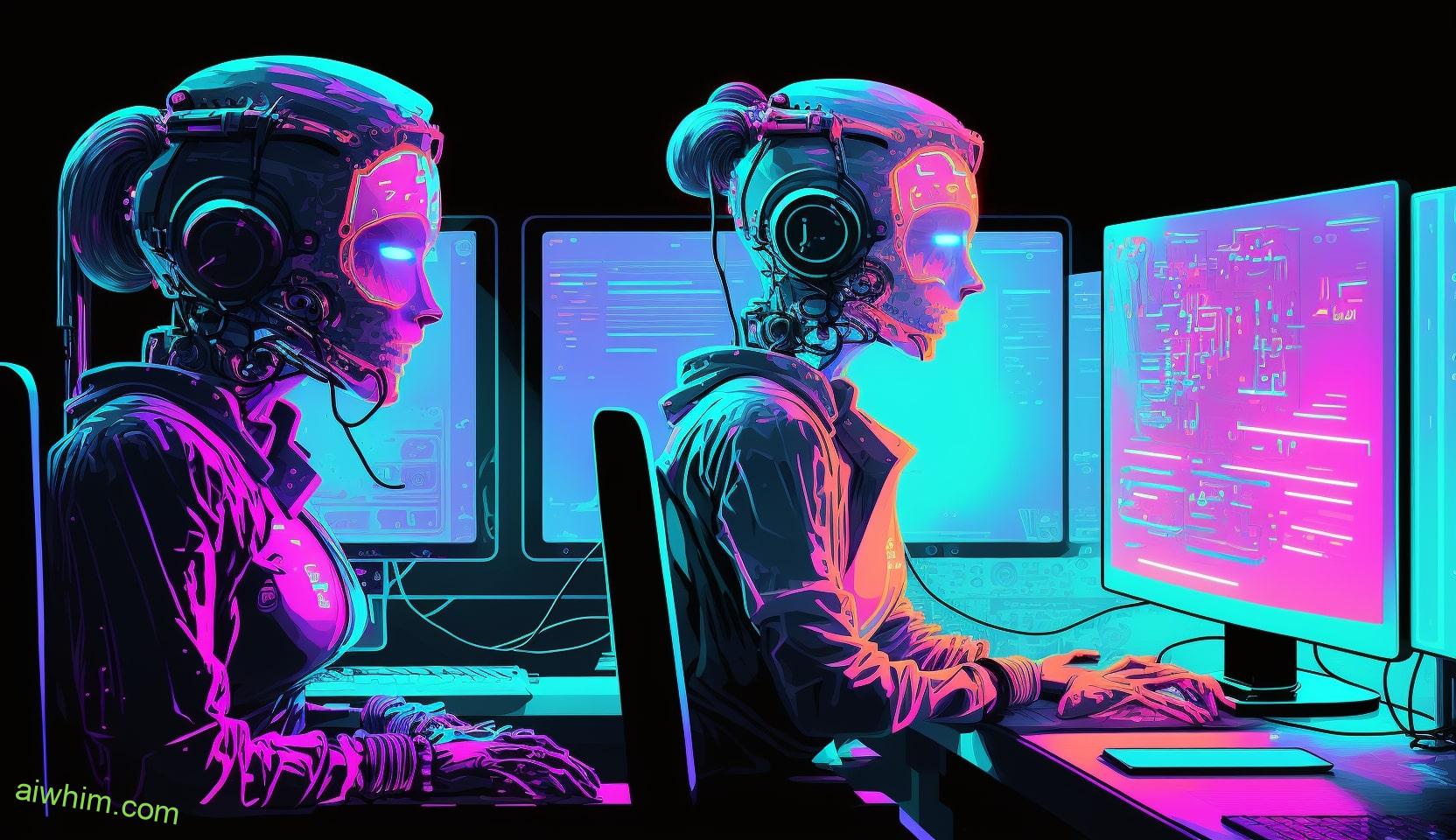
Improving Response Time With AI
By leveraging AI-enabled surveillance systems, lifeguards can significantly improve their response time in water safety incidents. AI technology has the potential to revolutionize the way lifeguards perform their duties, making their job more efficient and effective.
Here are some ways in which AI can help lifeguards improve their response time:
- Improving Communication: AI can enhance communication between lifeguards and other emergency responders. Through real-time data analysis and predictive algorithms, AI systems can quickly identify potential risks and send alerts to lifeguards and emergency services. This ensures that lifeguards are immediately informed of any potential water safety incidents, allowing them to respond promptly and effectively.
- Predictive Analysis: AI can analyze vast amounts of data from various sources, such as weather conditions, water currents, and historical incident data. By using predictive analysis, lifeguards can anticipate potential risks and take proactive measures to prevent accidents before they happen. For example, AI can predict dangerous rip currents or identify areas with high levels of bacteria, allowing lifeguards to take preventive actions and reduce response time.
Incorporating AI into lifeguard operations can revolutionize water safety by improving communication and utilizing predictive analysis. By leveraging AI-enabled surveillance systems, lifeguards can receive real-time alerts and make more informed decisions in emergency situations. This not only reduces response time but also increases the chances of successful rescue operations. With AI technology, lifeguards can focus more on prevention and proactive measures, ensuring the safety of beachgoers and swimmers.
Embracing AI in lifeguarding is a step towards a safer and more efficient water safety environment.
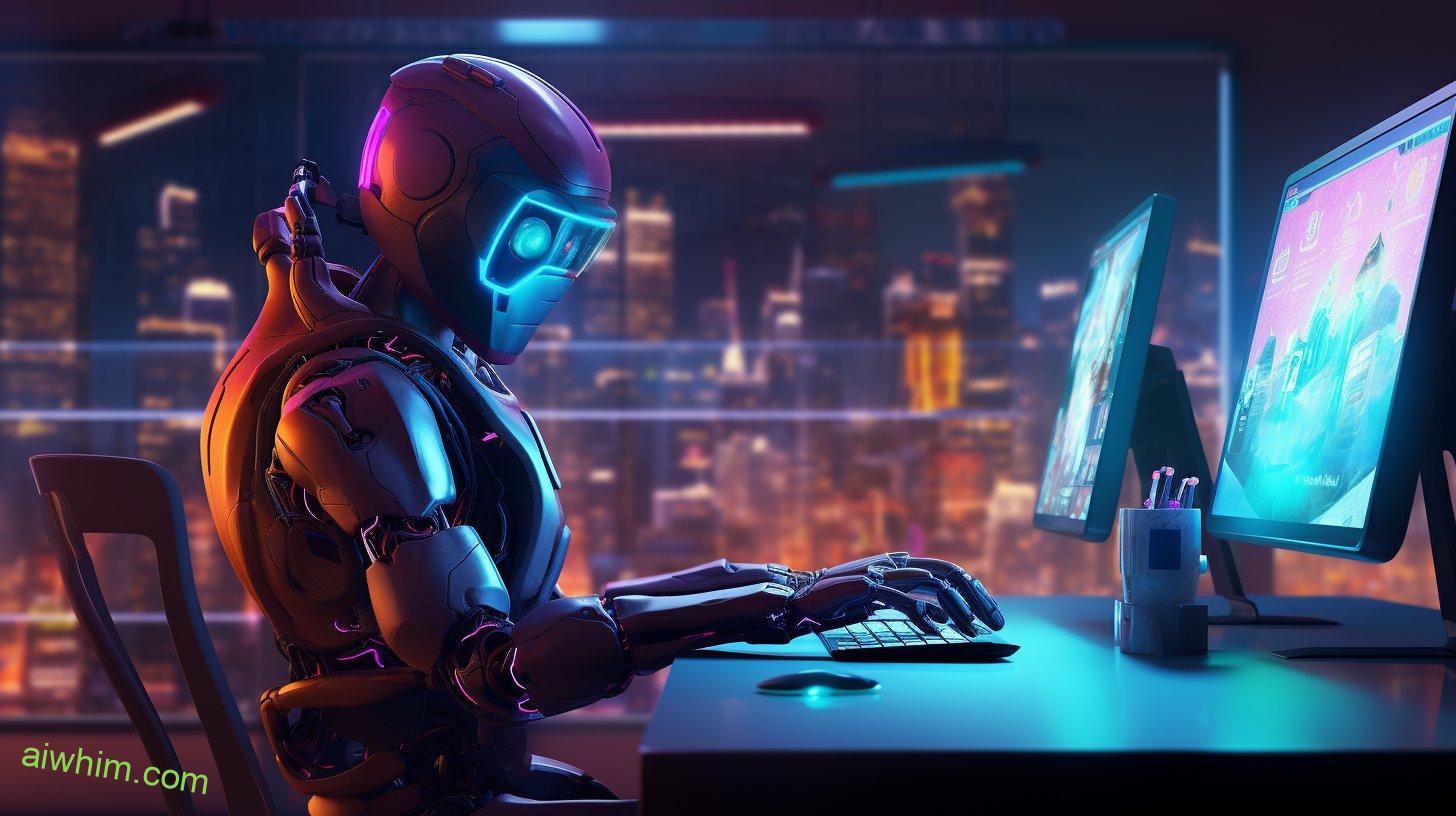
Enhancing Decision-Making With AI
AI technology enhances decision-making for lifeguards by providing real-time data analysis and predictive algorithms. By leveraging these capabilities, AI can significantly improve accuracy and efficiency in decision-making processes, ultimately enhancing the overall effectiveness of lifeguard operations.
One way AI enhances decision-making is through advanced data analysis. Lifeguards can rely on AI algorithms that analyze vast amounts of data collected from various sources, including weather conditions, water currents, and historical incident records. These algorithms can quickly identify patterns and detect potential risks, allowing lifeguards to make more informed decisions. For example, AI can analyze weather data and predict the likelihood of dangerous conditions such as strong rip currents or storms, enabling lifeguards to proactively close off swimming areas and prevent accidents.
Furthermore, AI’s predictive algorithms can assist lifeguards in assessing potential hazards and making real-time decisions. By continuously monitoring factors like water conditions, crowd density, and swimmer behavior, AI systems can provide lifeguards with instant alerts and recommendations. For instance, if AI detects an overcrowded area or a swimmer in distress, it can immediately notify lifeguards to take appropriate action. This timely information enables lifeguards to respond swiftly and effectively, minimizing the risk of accidents and improving overall safety.
Incorporating AI technology into decision-making processes empowers lifeguards with valuable insights and tools to ensure the safety of beachgoers. By harnessing the power of real-time data analysis and predictive algorithms, lifeguards can make informed decisions, prevent accidents, and respond promptly to emergencies. This integration of AI not only enhances decision-making but also contributes to a safer and more enjoyable beach experience for everyone.

Potential Reduction in Lifeguard Staffing
With the advancements in AI technology and its ability to enhance decision-making for lifeguards, a potential consequence could be a reduction in lifeguard staffing. While this may seem concerning in terms of job security, it’s important to consider the various factors that contribute to this potential staffing reduction:
- Efficiency and Accuracy: AI-powered systems can analyze data and make quick decisions, potentially reducing the need for a large number of lifeguards on duty. These systems can monitor multiple areas simultaneously, ensuring efficient coverage and accurate detection of potential risks.
- Cost-Effectiveness: Implementing AI technology can be a cost-effective solution for organizations. With AI systems in place, lifeguard staffing may be reduced without compromising safety. This cost savings can be allocated to other areas such as training programs or facility improvements.
On the surface, a potential reduction in lifeguard staffing may raise concerns about job security. However, it’s essential to recognize that AI technology isn’t meant to replace lifeguards entirely. Instead, it aims to augment their abilities and enhance decision-making processes. Lifeguards will still play a crucial role in ensuring the safety of swimmers and responding to emergencies.
Moreover, the implementation of AI technology can also create new opportunities for lifeguards. They can be trained to operate and maintain these systems, becoming valuable assets in managing and optimizing their performance. This can lead to the creation of specialized positions or roles within lifeguard teams, ensuring continued employment and job growth.
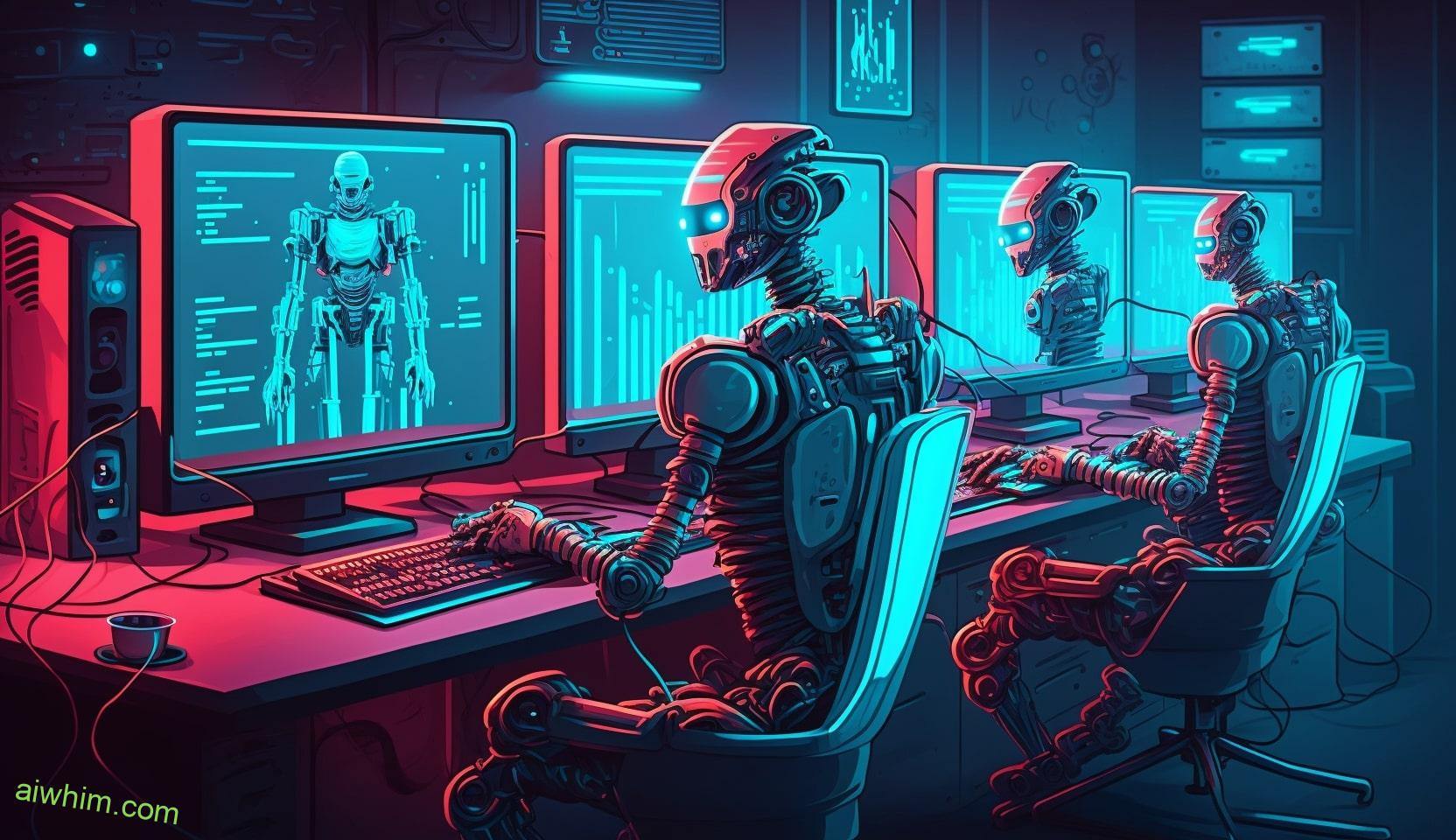
Training and Adaptation Challenges
As lifeguard jobs embrace AI transformations, there are several challenges that need to be addressed.
The first challenge lies in the implementation of AI technology itself. Lifeguards must undergo comprehensive training to understand how to effectively use these new systems. This includes learning how to interpret AI-generated data and responding to alerts and notifications generated by the AI systems.
Another challenge is the impact on job satisfaction. With the introduction of AI technology, lifeguards may feel a sense of uncertainty and fear of being replaced. This can lead to a decrease in job satisfaction and motivation. It’s crucial for lifeguard organizations to provide support and reassurance to their staff, emphasizing the importance of human judgment and intervention, even in the presence of AI technology.
Adapting to AI technology also requires lifeguards to develop new skills. They need to learn how to work alongside AI systems, utilizing them as tools to enhance their performance rather than viewing them as a threat. Lifeguards must become proficient in understanding and utilizing AI-generated data to make informed decisions in real-time emergency situations.
Additionally, there may be resistance from lifeguards who may be resistant to change or unfamiliar with technology. Overcoming this resistance will require proper training and education, ensuring lifeguards understand the benefits and limitations of AI technology.
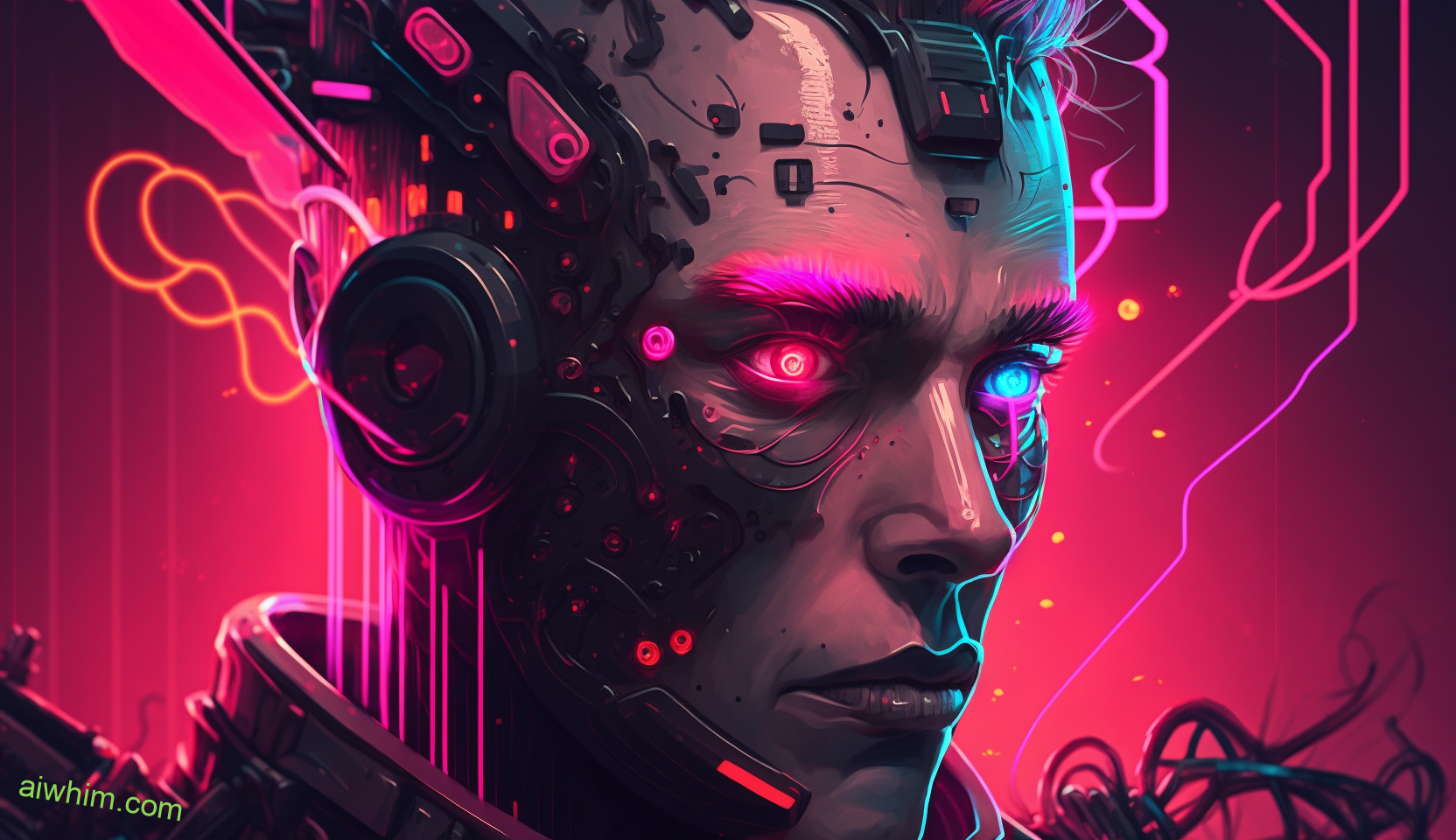
Maintaining Human Interaction and Empathy
How can lifeguards maintain human interaction and empathy in the midst of AI transformations?
Maintaining human interaction and empathy is crucial for lifeguards even in the age of AI. Here are some ways to ensure the human touch and emotional connection aren’t lost:
- Be present and attentive:
Despite the presence of AI technology, make sure to remain fully engaged with the people around you. Pay attention to their needs and concerns, and be ready to provide assistance whenever necessary.
Actively listen to their stories and experiences, showing genuine interest and empathy. This can help establish a strong emotional connection and make people feel valued and understood. - Foster a welcoming atmosphere:
Create an environment where people feel comfortable approaching you. Smile, greet visitors, and maintain an open and friendly demeanor.
Encourage conversations and interactions by initiating small talk or asking open-ended questions. This can help break down barriers and encourage people to seek you out for assistance or simply for a friendly chat.
Maintaining human interaction and empathy is essential to ensuring that lifeguards continue to provide the support and reassurance that people need. While AI may offer technological advancements, it can’t replace the human touch and emotional connection lifeguards bring to their role. By remaining present, attentive, and fostering a welcoming atmosphere, lifeguards can ensure that the human element remains at the forefront of their interactions.
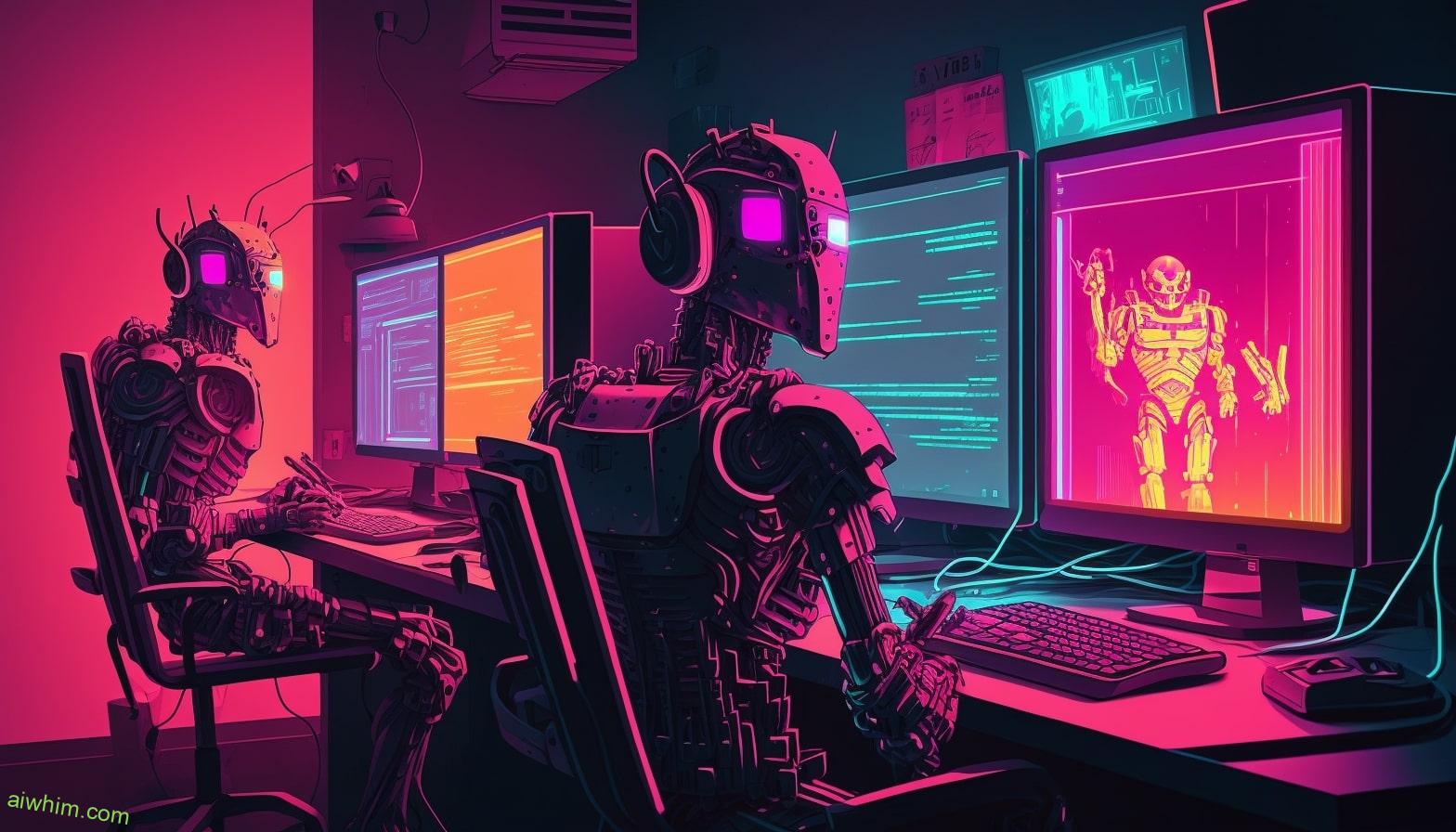
Ethical Considerations of AI in Water Safety
Lifeguards, it’s crucial to consider the ethical implications of integrating AI technology into water safety measures. While AI can greatly enhance our ability to prevent accidents and save lives, it also raises concerns about data privacy and algorithm transparency.
When it comes to data privacy, it’s essential to ensure that the personal information collected by AI systems is protected and used responsibly. As lifeguards, you must advocate for stringent safeguards to prevent unauthorized access or misuse of this data.
Transparency is equally important. Users should have the right to know how their data is being collected, stored, and utilized by AI systems. By demanding transparency, you can help ensure that AI technology is used in an ethical and accountable manner.
Algorithm transparency is another critical consideration. As AI systems rely on complex algorithms to analyze data and make decisions, it’s imperative to understand how these algorithms work. Lifeguards should advocate for the disclosure of algorithmic processes and the ability to audit them. This will help ensure that the AI systems are making accurate and fair judgments, especially in critical situations where people’s lives are at stake.
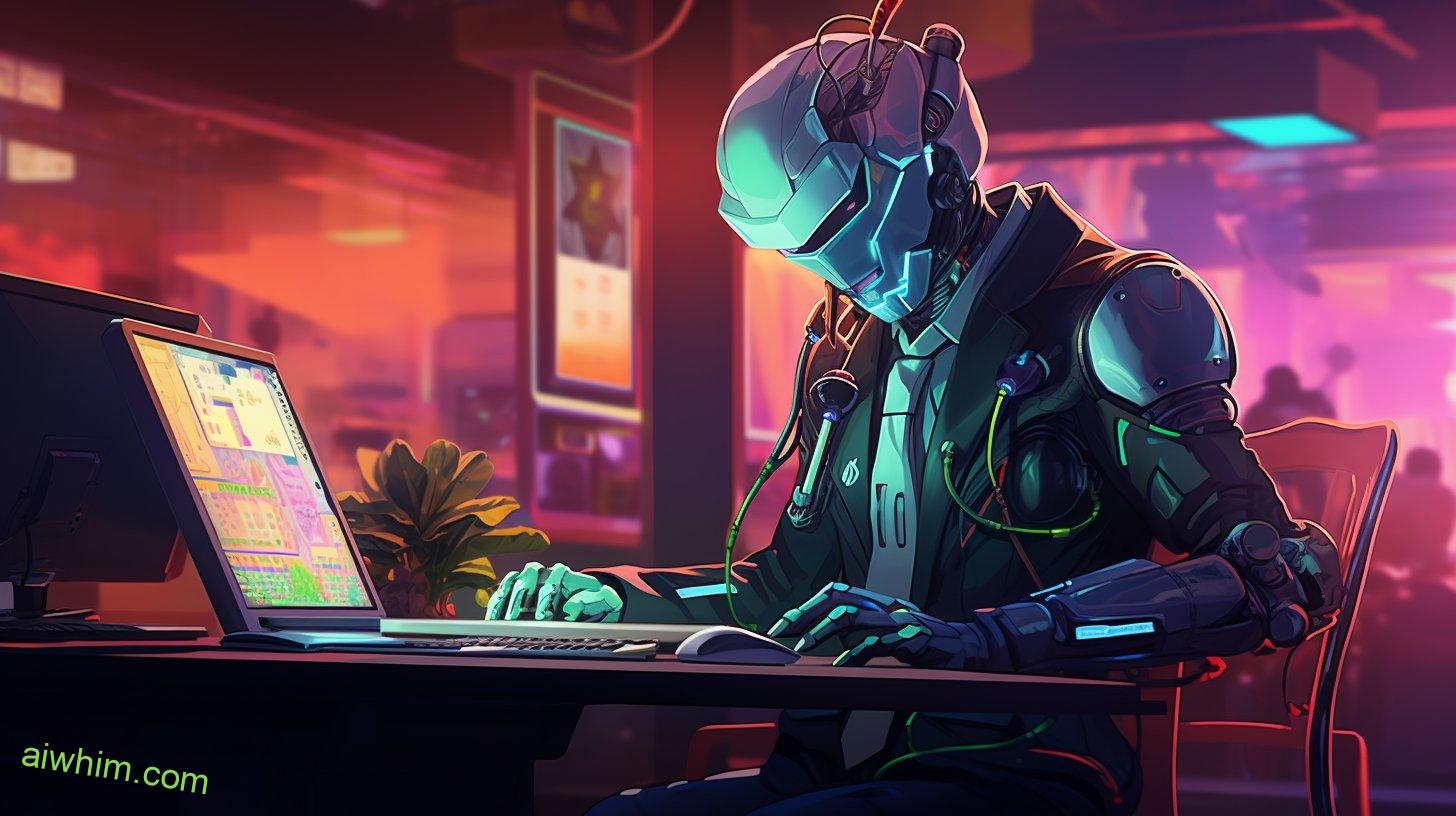
Public Perception and Trust in AI Lifeguards
Public perception and trust in AI lifeguards play a crucial role in their successful integration into water safety measures. The public’s perception of AI lifeguards can pose significant challenges to their acceptance and adoption. Here are some public perception challenges and ethical implications that need to be addressed:
- Lack of human touch: One of the main concerns is the perceived absence of human intervention and interaction in water safety. People may worry that AI lifeguards can’t provide the same level of empathy and understanding as human lifeguards. Building trust in AI lifeguards requires emphasizing their ability to quickly and accurately respond to emergencies while working in conjunction with human lifeguards.
- Fear of technology failures: Another challenge is the fear of technology failures that could potentially put lives at risk. The public needs reassurance that AI lifeguards undergo rigorous testing and are equipped with fail-safe mechanisms. Transparency in the development and testing process can help build trust and confidence in the technology.
Ethical implications also arise in the context of AI lifeguards:
- Privacy concerns: AI lifeguards may use surveillance technologies to monitor beaches and swimming areas. This raises concerns about privacy invasion and potential misuse of collected data. Striking a balance between ensuring public safety and respecting individual privacy rights is essential.
- Decision-making responsibility: AI lifeguards possess the ability to make split-second decisions that could have life or death consequences. Ensuring that AI algorithms are programmed to prioritize human safety and adhere to ethical guidelines is crucial.
Addressing public perception challenges and ethical implications is vital for the successful integration of AI lifeguards into water safety measures. Open dialogue, transparency, and clear communication about the benefits and limitations of AI lifeguards can help foster public trust in this evolving technology.
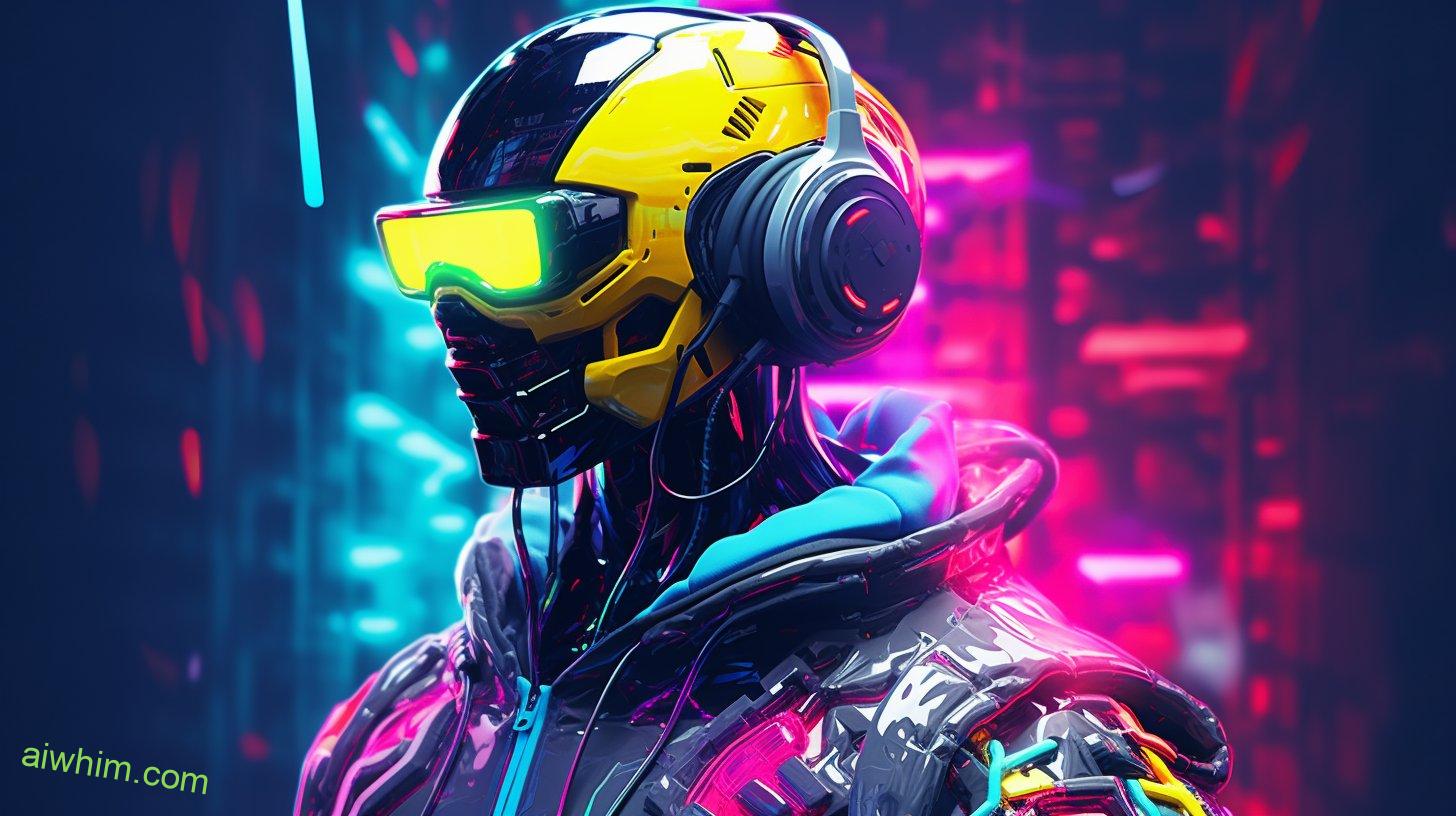
The Future of Lifeguarding in an AI World
As technology continues to advance, the future of lifeguarding is being transformed by the integration of artificial intelligence. This integration has a significant impact on lifeguard training and the future of lifeguard certification.
With the introduction of AI technologies, lifeguard training programs are evolving to incorporate new tools and techniques. AI-powered simulations provide lifeguards with realistic scenarios to practice their skills and decision-making abilities. These simulations allow lifeguards to gain valuable experience in a controlled environment, preparing them for real-life emergencies. Additionally, AI algorithms can analyze lifeguard performance during these simulations, providing valuable feedback and identifying areas for improvement. This personalized training approach enhances the effectiveness of lifeguard training programs, ensuring that lifeguards are better equipped to handle emergencies and save lives.
Furthermore, the future of lifeguard certification is also being shaped by AI. Traditional certification processes often involve written exams and practical assessments. However, AI technologies can now assess lifeguard skills and knowledge more accurately and efficiently. AI algorithms can analyze lifeguard performance in real-time, evaluating their ability to identify potential dangers and respond appropriately. This automated assessment process eliminates human bias and provides a standardized evaluation method, ensuring that all lifeguards meet the necessary certification requirements.
While the integration of AI in lifeguarding brings many benefits, it’s important to recognize that technology should never replace the human aspect of lifeguarding. Lifeguards possess unique skills, instincts, and the ability to provide emotional support during emergencies. AI can support and enhance their capabilities, but it can’t replace their vital role in ensuring the safety of individuals in aquatic environments.

Frequently Asked Questions
How Does AI Technology Impact the TrAIning and Adaptation Challenges Faced by Lifeguards?
AI technology can greatly impact lifeguards’ training and adaptation challenges. With AI training challenges, lifeguards can benefit from advanced simulations and virtual scenarios. This can enhance their skills and prepare them for real-life situations. Additionally, AI can assist lifeguards in adapting to changing conditions and making quick decisions.
What Are the Ethical Considerations of Using AI in Water Safety and Lifeguarding?
When considering the ethical considerations of using AI in water safety and lifeguarding, privacy concerns come to mind. It’s important to balance the benefits of AI with protecting individuals’ privacy and ensuring their autonomy.
How Can Ai-Enabled Surveillance Systems Improve Response Time in Emergency Situations?
Using AI-enabled surveillance systems can significantly improve response time in emergency situations by enhancing situational awareness and improving efficiency. These systems can quickly detect and alert lifeguards to potential dangers, allowing them to respond more effectively and save lives.
What Are the Potential Concerns Regarding the Public Perception and Trust in AI Lifeguards?
You may worry about how people view and trust AI lifeguards. Concerns may arise regarding the public perception and trust in these artificial guardians. Potential concerns can impact the acceptance and effectiveness of AI lifeguards.
How Does the Automation of Water Safety Affect the Overall Staffing Requirements for Lifeguards?
Automation’s effect on lifeguard staffing is significant. With the rise of AI technology, the need for traditional lifeguards may decrease. However, this doesn’t mean that lifeguard training becomes obsolete. Adaptation is key for survival in a changing industry.

Conclusion
As you emerge from the depths of this article, you realize that AI has swept into the lifeguarding realm like a powerful wave. It has transformed the way water safety is automated, enhancing response time and decision-making.
However, amidst this technological surge, the importance of human interaction and empathy remains vital. Ethical considerations and public perception must also be carefully navigated.
As the future unfolds, lifeguarding in an AI world holds both promise and challenges, requiring a delicate balance between man and machine.



